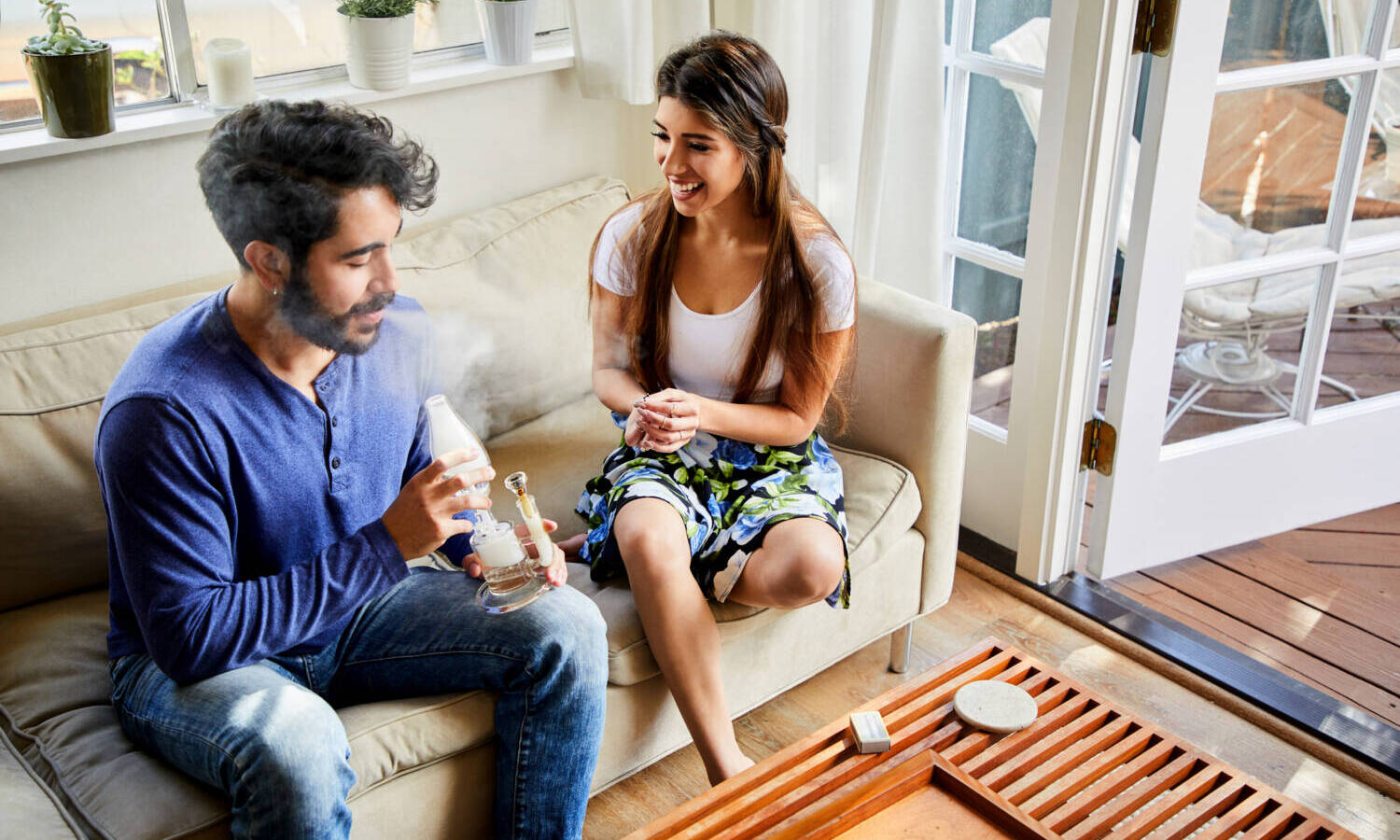
Why men and women react differently to cannabis
Through
Traditionally, men have used more cannabis than women. However, that gap is rapidly closing as more women become regular cannabis users seeking both medicinal and recreational gains. Do men and women experience cannabis in the same way?
The central theses
- Men and women experience cannabis differently
- Men have more CB1 receptors in the CNS
- Females have lower but stronger binding to CB1 receptors in the CNS
- The effects of THC are stronger and longer lasting in women
- Women can experience greater pain and relief from cannabis compared to men
- Cannabis is likely to decrease libido in men and increase it in women
- Results on gender differences in drinking and driving are conflicting.
How one experiences cannabis is influenced by several factors, including the chemovar involved, frequency of use, environmental conditions, and even placebo effects. At the physiological level, two plausible theories come to mind. One has to do with gonad differences between males and females, while the other has to do with the phenomenal and fascinating endocannabinoid system. And the two theories could still be linked.
It now turns out that males and females do not have an identical endocannabinoid system and therefore react differently to cannabis. In short, men and women can share a joint but end up with very different experiences.
Effects of cannabis that are closely related to gender differences generally include anxiety and depression, pain relief, appetite stimulation, sex drive, energy balance, and even a tendency to drive under the influence of alcohol. The magnitude of the effects and even side effects experienced are also obviously influenced by male/female differences in the ECS.
In this article, we analyzed the results of a review study examining gender differences in response to cannabinoids with a focus on cognitive and emotional behavior. The review, published in Behavior Neuroscience in 2011, was titled “Sexually Dimorphic Effects of Cannabinoid Compounds on Emotion and Cognition.” This article also mentions later studies that have examined the same problem.
Photo by photographer/Getty Images
Cannabinoid Receptor Differences
Preliminary research suggests that males have more receptor binding sites for the CB1 receptors, while female CB1 binding sites, although minimal, are more efficient. As a reminder, CB1 receptors are abundant in the higher centers and are therefore responsible for most of the psychoactive effects of cannabis. These are the same receptors that anandamide (the happiness molecule) binds to.
The studies analyzed included young rats, adult animals and adolescents. Although a clear picture emerged from the analysis, the CB1 variance was stronger in the younger rats.
Most of the studies covered in the review focused on the hippocampus, amygdala, hypothalamus, and cortex. Men consistently showed a higher prevalence of CB1 receptors in most brain regions. At the same time, females showed higher CB1 receptor-G protein coupling.
Put simply, men appear to have more CB1 receptors in their brains, while women, even with fewer CB1 receptors, have higher potency at the CB1 receptor.
Gender differences in THC breakdown
The review also examined gender differences in the breakdown of the psychoactive cannabinoid THC. In women, THC is metabolized to 11-OH-delta-9-THC, which retains the potency of THC. In males, THC is metabolized to 11-OH-delta-9-THC and the other three metabolites, reducing its potency. From this, the researchers concluded that women are likely to experience stronger and more lasting psychoactive effects after consuming cannabis because they have higher levels of 11-OH-Delta-9-THC.
RELATED: Yes, CBD is psychoactive — here’s why
In a 2021 study, researchers used a rat model to compare endocannabinoid system expression in males and females. The results of this study showed that there are indeed significant gender differences in the expression of the ECS in parts of the central nervous system (CNS) involved in the management of chronic pain and anxiety.
 Photo by Kampus Production via Pexels
Photo by Kampus Production via Pexels
Another study looked at gender differences in the side effects that men and women experience after using cannabis. Typically, women experience more side effects from conventional medications. The participants in this cross-sectional study were adults with chronic non-cancer pain who were treated with a medicinal cannabis strain. Women were more prone to side effects from cannabis than their male counterparts.
RELATED: THCV: The merger of two 21st-century billion-dollar industries
In a 2010 review, researchers came to the following conclusions about how men and women respond differently to cannabis.
male
- Increased food intake
- Increased energy homeostasis
- Decreased sexual behavior
Women
- Increased analgesia
- Increased anxiety
- Increased sexual behavior
It’s clear that males and females have key differences in the ECS that affect their response to cannabinoids. However, research on the exact mechanisms is mostly preliminary and sparse. In addition, there is a lack of research on women, and this spans several areas. Further studies in this area are essential to guide the prescription of cannabis for medicinal and recreational use.
This article originally appeared on MyCannabis.com and has been republished with permission.

Post a comment: